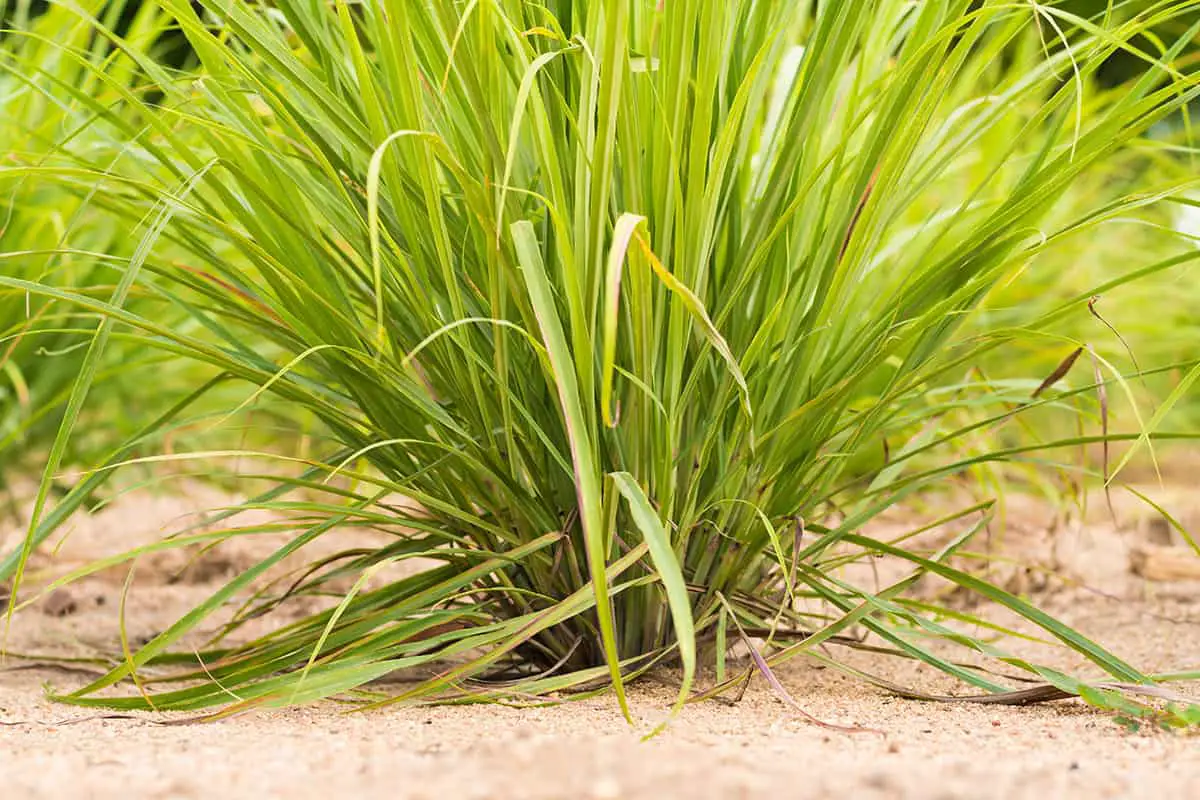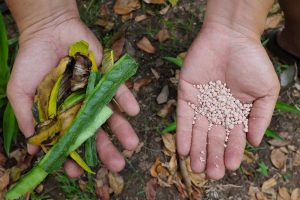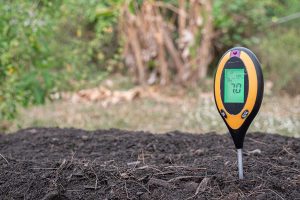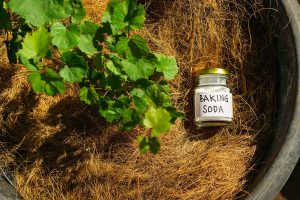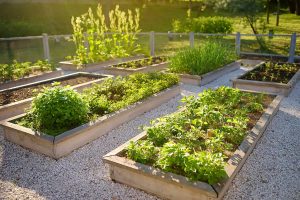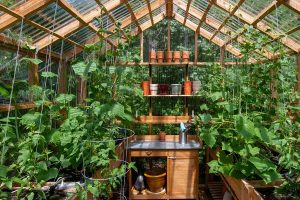You’re enjoying a warm evening on your patio when mosquitoes start to swarm. A friend suggests growing a citronella plant to keep the pests at bay. Learn how to grow and care for a citronella plant so you can enjoy mosquito-free outdoor evenings all season long.
Table of Contents
Light
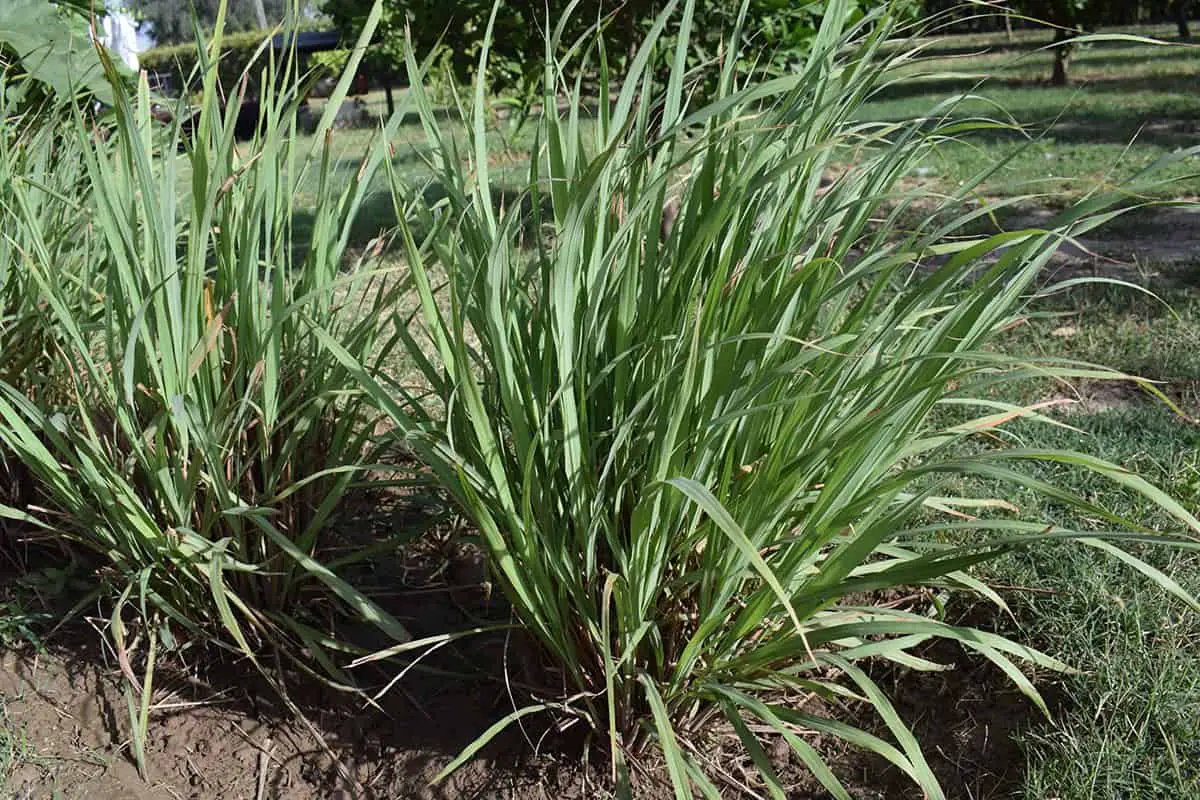
Citronella plants, also known as Cymbopogon nardus, thrive in well-lit areas. Ideally, you should place your plant in a location that receives at least 6 to 8 hours of bright, indirect sunlight daily. Direct sunlight can be tolerated, but too much might harm your plant.
When growing indoors, you can set up a supplemental light system for your citronella plant. Ensure the lighting mimics natural sunlight to provide the best growing conditions. Fluorescent lights or LED grow lights can be effective solutions for achieving this.
Soil
Citronella plants prefer well-drained soils that are rich in organic matter. To achieve this, you can work a three- to four-inch layer of organic material such as compost or peat moss into the soil when planting. This improves soil structure, making it easier for the plant’s roots to penetrate and access nutrients.
Choose a location for your citronella plant that has good drainage, as sitting in waterlogged soil can lead to root rot and other issues. If planting in containers, make sure the pot has adequate drainage holes to prevent water from sitting at the bottom of the container. Additionally, incorporating a layer of mulch around your plant will help retain moisture and prevent weed growth.
One important aspect of soil care is avoiding compaction, as it makes it harder for plant roots to access water and nutrients. To maintain a healthy soil structure, keep foot traffic and heavy equipment away from the planting area and avoid tilling or digging when the soil is wet or saturated. By taking these precautions, you’ll create an environment conducive to the growth and health of your citronella plant.
Remember that citronella plants require various nutrients to grow strong and healthy. Providing 17 essential nutrients available in the soil will go a long way in ensuring successful growth.
Watering
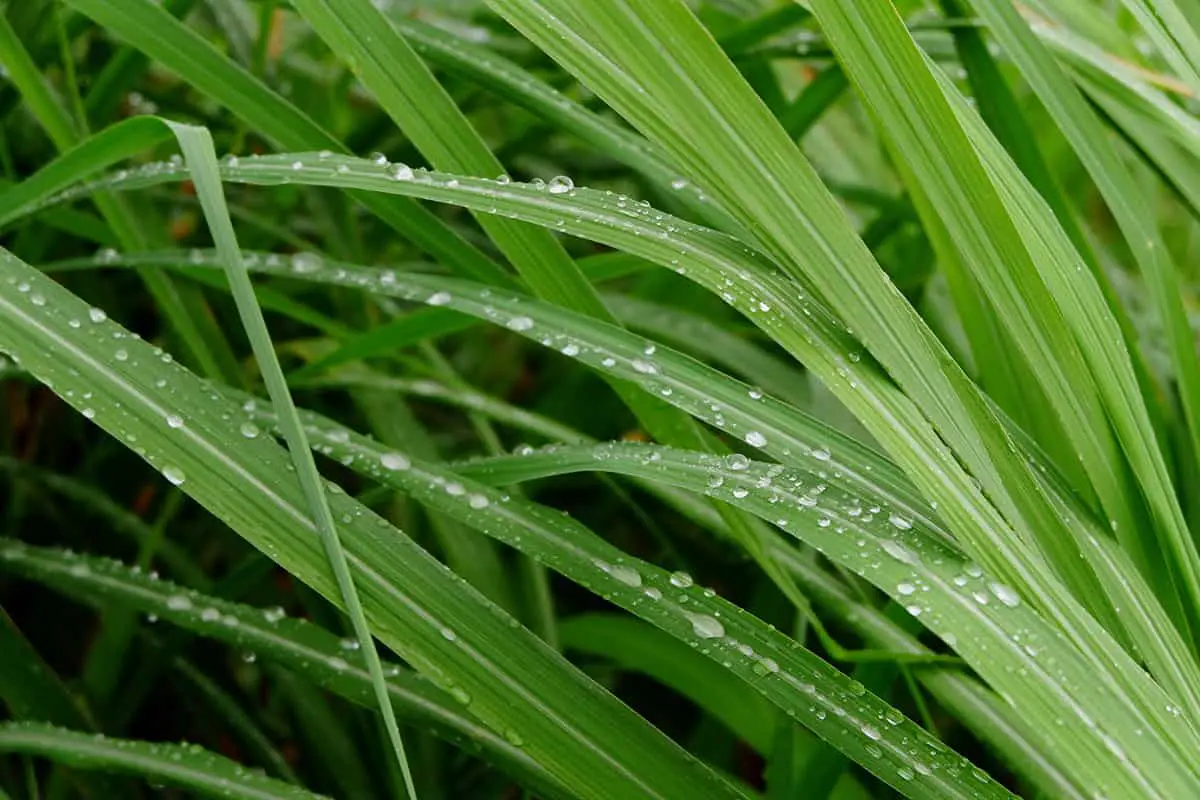
You must provide the right amount of water to prevent root rot and dehydration. In this section, we will discuss some tips on watering your citronella plant properly.
During the growing season, your citronella plant requires consistent moisture. Make sure the soil is damp but not soggy. An overwatered plant may show signs of yellowing or wilting leaves. By probing the soil with your finger about two inches deep, you can check for moisture and ensure that the plant needs water.
When you water your citronella plant, it is more effective to water it deeply rather than frequently. This promotes a strong, healthy root system. Water the soil surrounding the plant roots while avoiding direct contact with the leaves or stem, as this may cause disease or sunburn.
In addition, your citronella plant’s watering needs will differ between seasons. During warmer seasons, it might be necessary to water more frequently to maintain soil moisture. In winter, when citronella is dormant, reduce your watering frequency. This lessened water intake can prevent damage to your plant from potential freezing.
Temperature and Humidity
To ensure healthy growth, place your plant in an area where it can receive consistent warmth. Avoid fluctuating temperatures, as these can cause stress to the plant.
It’s essential to maintain a moderate humidity level for your citronella plant. Ideally, aim for 80% humidity. You can increase humidity around the plant by placing a tray filled with water and pebbles beneath the pot or using a humidifier. Be cautious not to overwater, as excess moisture can lead to root rot.
Outdoor citronella plants may require protection from extreme temperature changes. During hot summers, provide partial shade to prevent burning. In winter, bring your plant indoors or cover it with a frost cloth to protect it from freezing temperatures.
Fertilizer
Choose a well-balanced fertilizer that is specifically designed for citrus plants. The primary nutrients to focus on are nitrogen, phosphorus, and potassium.
In the growing season, apply fertilizer every four to six weeks. Start by mixing the fertilizer with water, as directed on the label. It’s crucial to avoid over-fertilizing your plant, as this can lead to damage. Be sure to water the soil deeply before and after application to prevent nutrient burn.
Another important factor to consider is the soil’s pH level. Citronella plants prefer slightly acidic soil, with a pH range of 6.0 to 6.5. You can easily test the pH level of your soil with a pH tester or by sending a sample to a local lab. If necessary, amend the soil to achieve the desired pH level by using sulfur or aluminum sulfate.
Monitor your citronella plant for signs of nutrient deficiency. These can include yellowing leaves, weak growth, and poor flowering. If you notice any of these issues, adjust the fertilizer application accordingly.
Propagation
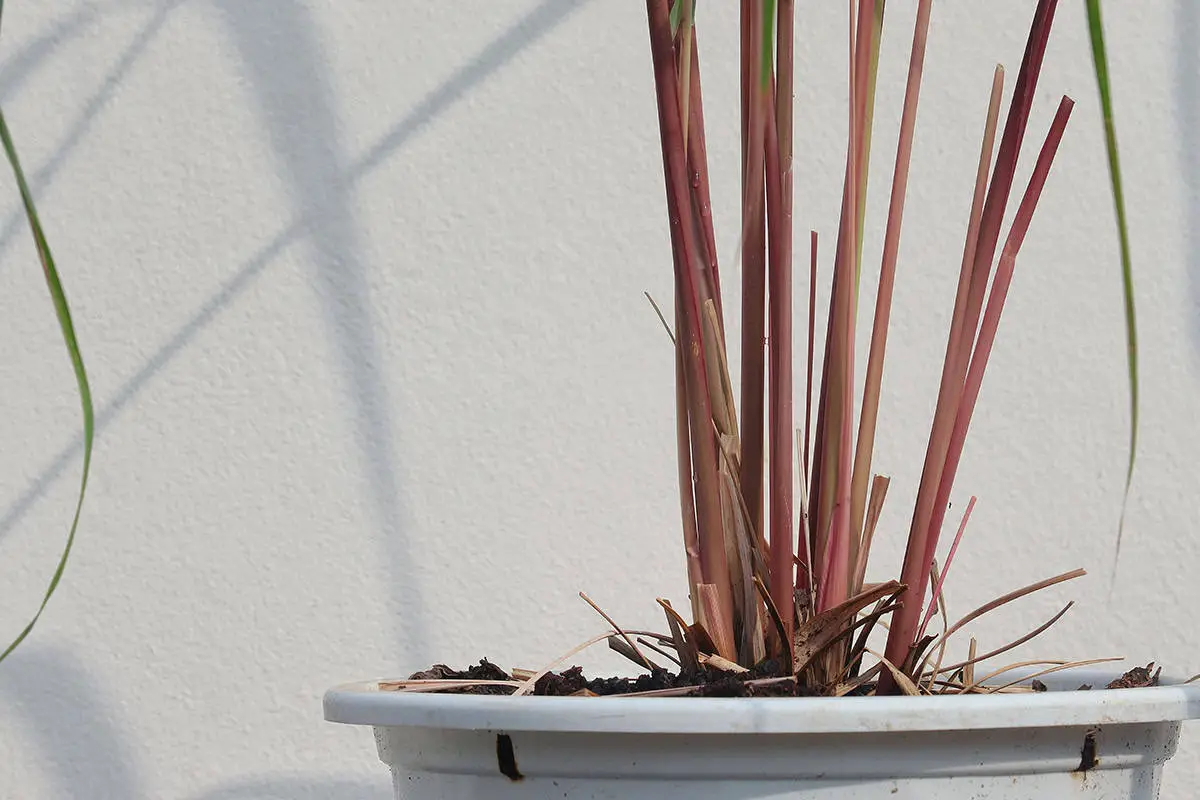
To propagate your Citronella plant, you can use a couple of methods, such as stem cuttings and division. The ideal time for propagation is during spring or early summer, as this ensures optimal growth conditions for the new plants.
To begin with the stem-cutting method, choose a healthy and strong stem from your Citronella plant. Carefully cut a 4 to 6-inch piece from the tip. Remove any leaves from the bottom inch of the cutting, and dip them in rooting hormone for better results. Next, plant the stem cutting in a well-draining and moist soil mix. Place the container in a spot with indirect sunlight, and keep the soil consistently moist but not too wet. Within a few weeks, new roots will form, and your Citronella plant is on its way to growth.
Another effective method is propagating Citronella through division. Gently remove the parent plant from its pot, and inspect the root ball. Look for natural divisions in the root system, and then gently separate the roots into smaller clumps using your hands or a knife, if necessary. You can find more details on this method here. Plant each division into a new container filled with well-draining soil mix. Provide indirect sunlight and maintain soil moisture for optimal growth.
Pruning
Before you begin pruning your citronella plant, ensure your cutting tools are clean and sharp to avoid causing damage. Pruning dwarf citrus plants helps maintain their desired height and form. This step is quite important for the health and productivity of your plant.
Start by removing any dead, damaged, or diseased branches. Doing this not only improves the overall appearance of the plant but also encourages healthy growth. Remember to make careful and clean cuts to avoid harming your citronella plant.
Shape your plant by cutting back overly long branches. Place the cuts just above a healthy bud, leaf, or branch, which promotes new growth in the desired direction. By providing proper air circulation and light penetration, your citronella plant will grow stronger and more productive.
Keep in mind that timing is crucial. Ideally, you should prune your citronella plant from the time it’s brought indoors during the fall until new growth develops in the spring.
Potting and Repotting
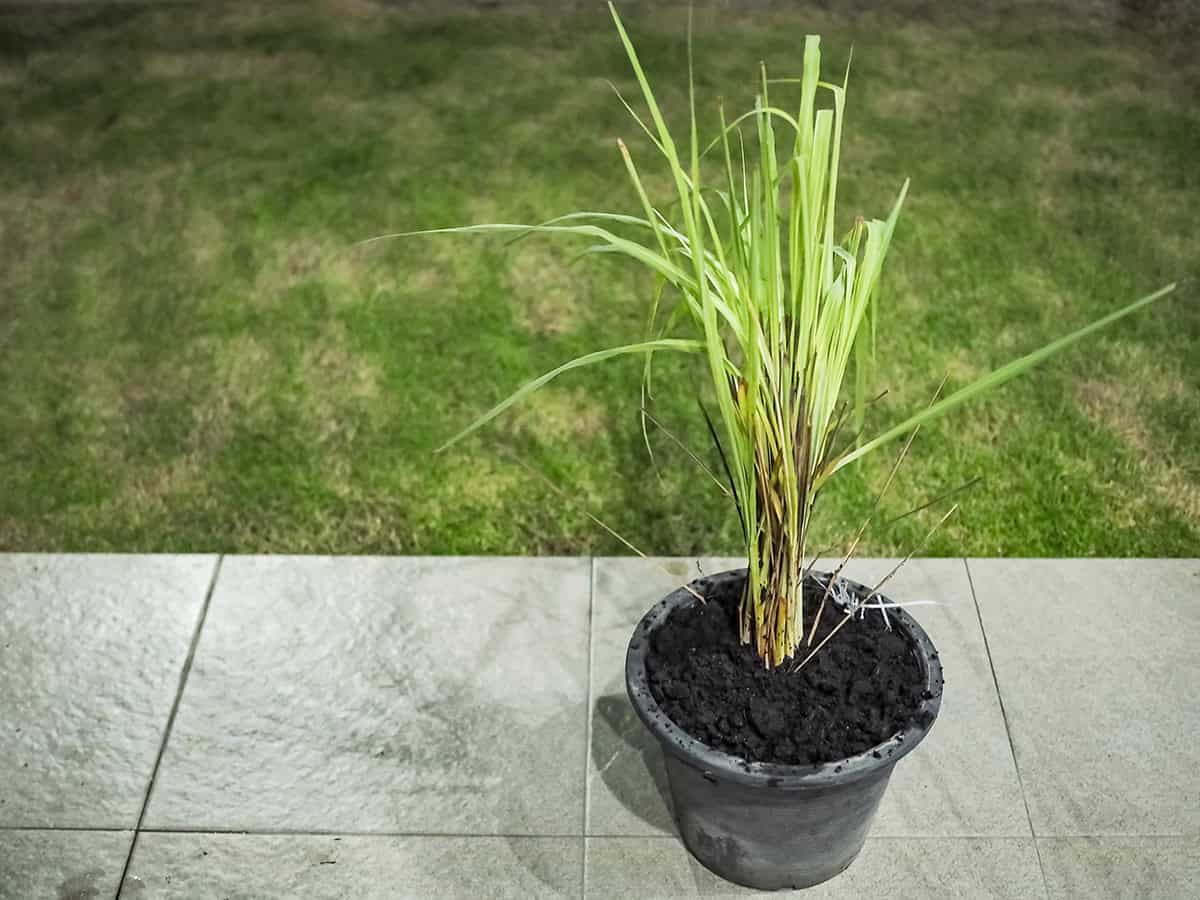
When you first bring home a citronella plant, select a well-draining pot with proper drainage holes. Fill the pot with a lightweight potting mix that retains moisture and promotes root growth. Gently remove the plant from its nursery container and place it in the new pot, ensuring the top of the soil sits around an inch below the pot’s rim.
As your citronella plant grows, you’ll eventually need to repot it to provide more space for expanding roots. Signs that it’s time to repot include smaller leaves, reduced growth, or the plant becoming top-heavy. Typically, repotting is necessary every 1 to 2 years for healthy growth.
To repot your citronella plant, follow these steps:
- Water the plant: Moisten the root ball a few hours before repotting to ease the process.
- Choose a larger pot: Upgrade to a pot that is 1 to 2 inches larger in diameter than the current pot.
- Prepare the new pot: Place a piece of mesh or a shard over the drainage hole and add potting mix to the bottom.
- Transfer the plant: Gently remove the citronella from its current pot and place it in the new one, positioning the root ball at the same depth as before.
- Fill and firm: Add more potting mix around the root ball, lightly firming the soil to minimize air pockets, but avoid compacting it too much.
- Water thoroughly: Water the plant evenly, allowing water to drain out of the drainage holes before placing it back in its usual spot.
Common Problems & Troubleshooting
Citronella plants can sometimes face issues while growing. We will discuss common problems and provide solutions to ensure your plant stays healthy.
Insects – Pests, such as aphids and spider mites, can invade your citronella plant, causing damage to the foliage. To combat these pests, try using a natural insecticide or simply spraying the plant with water to wash them away.
Fungal Diseases – Citronella plants are susceptible to several fungal diseases, including leaf spots and mildew. Ensure proper air circulation around the plant to minimize the risk of infection. Remove any infected leaves to prevent the spread of the disease. Keep the plant in an appropriately lit area and water only when the soil is dry – this will help to reduce the chance of fungal growth.
Yellowing Leaves – Yellow leaves can be a sign of nutrient deficiency, overwatering, or lack of sunlight. Test your soil to see if it has enough nutrients or consider adding a slow-release fertilizer to enhance the growth of your plant. Monitor your watering schedule and adjust as needed. Remember to place your citronella plant somewhere it can receive adequate sunlight.
Stunted Growth – If your citronella plant is not growing to its full potential, there are a few possible causes. Ensure proper drainage of the soil to prevent waterlogging, which can lead to root rot. Additionally, citronella plants do best in well-aerated soil, so make sure you have chosen the right soilless potting media for your plant. Lastly, make sure the plant has enough room to grow by repotting it into a larger container if needed.
